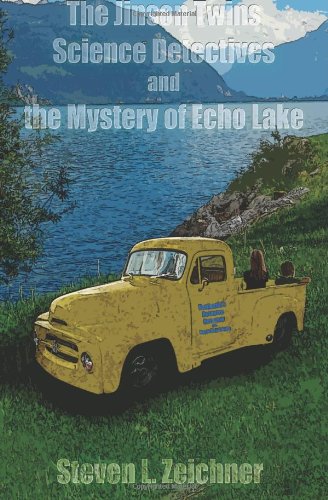I read the manga Battle Royale last summer, and now that I’ve read the first novel in the hit trilogy The Hunger Games, I can’t resist making a bit of a compare-and-contrast review.
Synopsis for both: A cruel government keeps its citizens in check by having a yearly “game” pitting dozens of teens against each other in a battle to the death. This brutal game is shown on live TV. There can be only one victor.
 |
 |
| Statistics Checkouts: 10 Series checkouts (trilogy): 22 Typical reader: This ranges from older elementary boys, to high school girls, to classroom aides. There is no typical reader. Source: Follett for the school, gift for my copy |
Statistics Checkouts: Rated M, this does not belong in a school library. Series checkouts (15 manga): Seriously. This puts “graphic” in graphic novels. Typical reader: Fans of Japanese gore fests Source: Local public library |
| My Goodreads rating: 5 stars | My Goodreads rating: N/A |
While reading Battle Royale, I realized that what I’d heard about The Hunger Games sounded a lot like this manga. That’s absolutely true, at least on the surface. The plot, as shown in the synopsis above, is interchangeable. What’s different, besides the medium used to tell the story and the language/country of origin?
The main characters: Katniss of The Hunger Games is one of those YA heroines that I can really get behind. She’s a survivor, strong and tough. When her little sister’s name is drawn to participate in the Hunger Games, she refuses to let that happen and volunteers in her stead. She is a skilled huntress and keeps her wits about her throughout the ordeal. And she remains true to herself! I don’t want to give anything away, but I was proud of how she handled things at the end of the book.
Shuuya of Battle Royale is a student in an ill-fated class that’s drugged on a field trip and sent to a deserted island for this story’s battle to the death. He is a musician – which is rebellious in this dystopian Japan – and quite nonviolent; he would prefer to avoid killing his classmates at all costs. Joined by a female classmate, Noriko, whose wound he dresses after she is shot before the game even begins, Shuuya tries to recruit and save other classmates in an alliance. Only the transfer student, Shogo, joins them for long.
Perspective and style: The Hunger Games is a novel written in limited third-person, focusing on Katniss. Most of the deaths occur “off-screen,” except for the battle near the end of the Games. Battle Royale covers every one of the 42 students in the game, including offering back-stories on several of the contestants. It is one of the most graphic, explicit sequential art pieces I’ve ever seen. Most of that is violence, but there’s also some nudity and sexual situations.
 |
| This is one of the less gory death scenes. |
Outside aid and restrictions: The students in Battle Royale each start with a backpack of supplies and one random weapon. They are equipped with collars that track their movements and transmit their vital statistics to those who run the show. If no one dies in a 24-hour period, someone’s tracking collar will detonate; this will also happen if a student strays into an area announced as being off-limits.
The competitors in The Hunger Games have it easier by far – if they survive the initial rush for supplies, and the bloodbath that ensues. Katniss grabbed a bag and ran, narrowly escaping death. After that, those who impressed the audiences in the Capital may be sent gifts via their sponsors. These can really come in handy.
Movies: Battle Royale was made into a movie before it became a manga; both are based on a novel of the same name. The movie was released in Japan in 2000. The Hunger Games movie will be in theaters next month.
Sequels: The Hunger Games is part of a trilogy; I look forward to reading the next two books. Battle Royale has a sequel manga series, Blitz Royale. I’ve seen some art from it, and it’s not as good or realistic.
Who I would give the book to: As I said in the statistics, there are older elementary students who read The Hunger Games. That’s pretty acceptable. Battle Royale, on the other hand, fits well into my “Guilty Pleasures” category and would best go to mature adults who like manga filled with violence and social commentary, and Quentin Tarantino’s films.










